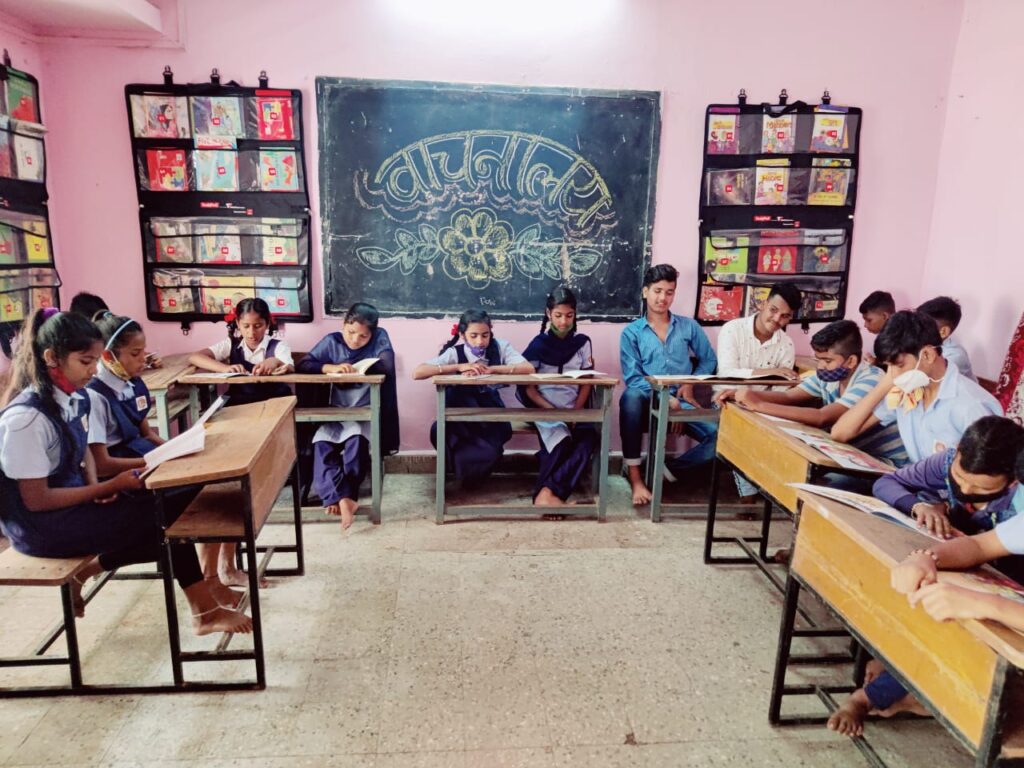
Growing up in metropolitan or capital cities, most of us don’t realise that rural areas actually spread over a much larger area of land. To imagine that India, with a population of 1.39 billion, has upto 65% of the citizens living in rural areas is shocking as it is. However, to make matters worse, even today, almost 37% of these children do not attend school. In fact, these numbers have been steadily on a rise since the Covid-19 pandemic began. Since the country shifted to online schooling, it is also arguable that the quality of education has deteriorated as well. It is without doubt that there are numerous NGOs working to tackle this issue – conducting online classes, providing academic resources and access to technology. Collectively, they have helped millions of children access better facilities and chase a brighter future. In spite of this, the problem continues to persist today and requires our immediate attention now more than ever.
Relevance of this issue
As our nation continues to develop, it is without doubt that the future entails jobs that would focus on the tertiary and quaternary sectors more prominently. Unfortunately, such jobs have many requirements – college degrees, prior work experience, familiarity with technology, etc. Thus, it is quite evident that to find permanent work and a steady-income job, children today have to start preparing now. With a poor educational background, one can only acquire a low-income job. They may have a relatively poor social status, and would be unable to access basic health care facilities or even provide their own children with better education. This way, a cycle of poverty, and lack of education would be continuously on repeat. However, we have the opportunity to break this vicious cycle. We have an opportunity to prevent the unemployment and poverty rates in India from skyrocketing. We have to reduce education inequality as much as possible, and for this, it is important for us to come together.
Education inequality in India
The main issue is education inequity, and this is most prominent and damaging in rural India. Since many children are roped into early marriage and child labour, they are unable to focus on thier academics with regularity. Most students here enrol in Government schools since the private ones are either situated in populated cities, away from the rural areas, or they are simply far out of the affordability range. These schools are at a major disadvantage.
For instance, they consistently face an unavailability of teachers. On average, a government school teacher is paid 2.8 LPA whereas a private school teacher would earn between the range of 4-7 LPA in INR. Many teachers are also resistant to relocating to rural areas, and cannot commute between the city and school on a day-to-day basis. There are many instances when these teachers do not receive their salaries on time, and many remain unmotivated to complete the curriculum. As a result, schools are unable to keep the same teachers all year around and even when the students do receive education, it is arguable that the quality of education will not help these children compete for the same resources in the future.
Another significant issue is the consistent lack of funding. Government schools do not only need funding for paying teachers, but must also maintain the infrastructure, purchase the relevant academic material and even compensate for the relevant meals, helpers and stationary. In 2021, the education budget was also reduced by 6%. Though this might not seem like a lot, schools lost upto 5000 crore because of this. Due to these tight circumstances, many schools are even shutting down. In Karnataka, for example, 657 Kannada-medium schools had been permanently shut down last year. And this is just one state. Each school harbours upto 10,000 students. Thus, to imagine the number of students across India who might be affected by decisions like these is utmost heartbreaking.
Amidst rural India, another problem continues to stir. Since these areas have not developed the same 21st century mindset as that present in metropolitan cities, the issue of gender inequality persists even today. Many girls are held back so that the men in their society can advance instead. These women are then taught to look after their homes and children, unable to be independent and have a voice of their own. A census conducted in early 2021 indicated that the male literacy rate in India is 75.3% and has steadily increased since the early 1980s. On the other hand, the female literacy rate continues at a low 53.7%. These statistics represent the average literacy rate of India, but this gap between literacy rates for men and women is even wider in the rural areas.
To imagine that these are only a fraction of the reasons why children in India are unable to receive the education they deserve, there is no doubt that we need to mobilise our resources as fast as possible and contribute as much as possible.
So what can we do?
Some of the key subject areas we need to divert our attention to includes bridging the knowledge gap due to unavailability of technology. Though we may not consciously realise this every day, growing up in the 21st century has made us increasingly dependent on electronics. More so, we use machines and gadgets for every task. This issue regarding the unavailability of technology was not as prominent before the Covid-19 pandemic. However, since most schools have opted for an online means of education to reduce the spread of infection, many children have been negatively impacted by this decision – especially ones who cannot afford basic technology or are not fortunate enough to have a steady Wi-Fi connection.
Written by – Jasmine (Volunteer)
(829)
